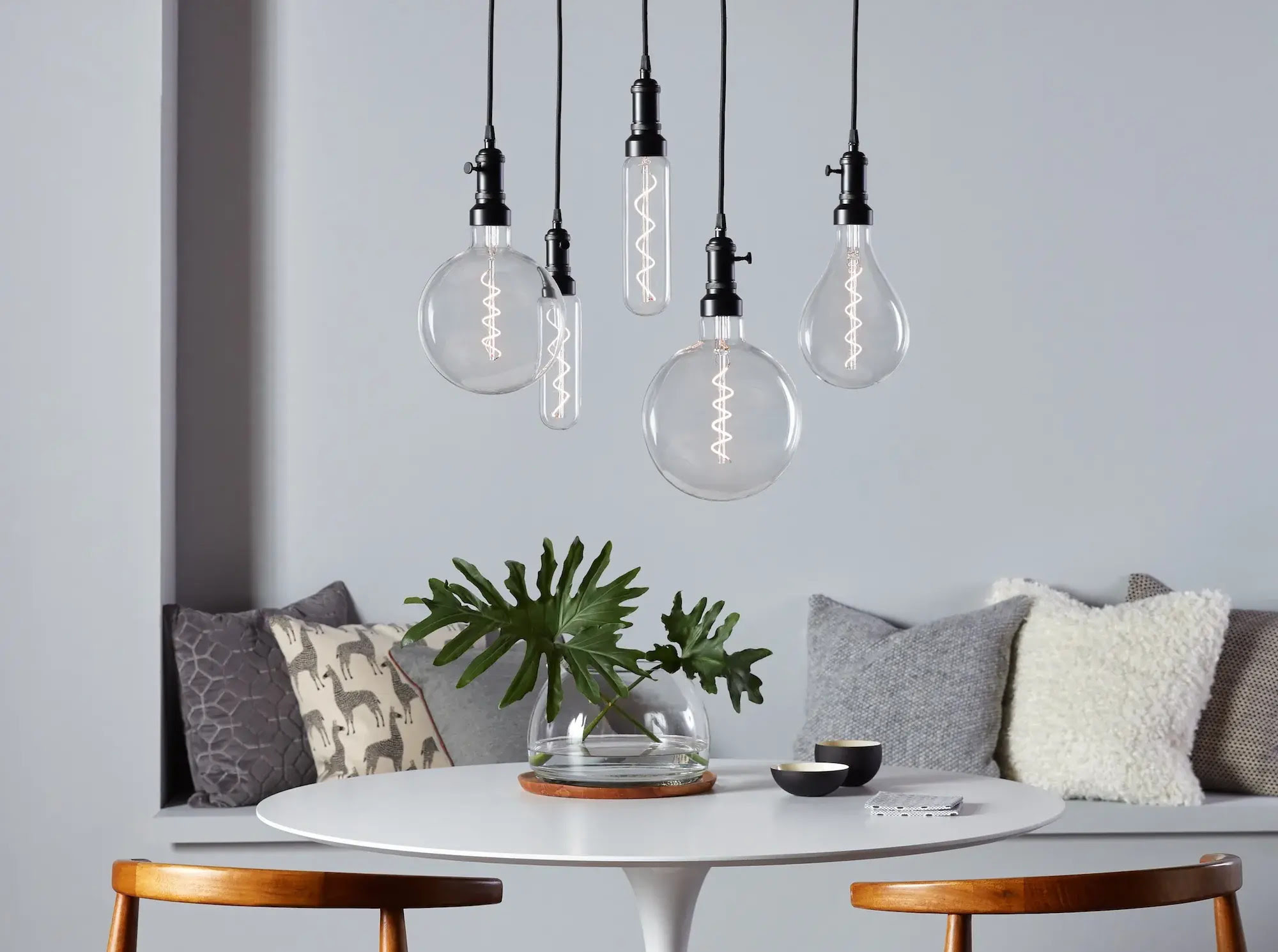

Articles
How Many Watt Light Bulb For Living Room
Modified: May 6, 2024
Discover the perfect wattage of light bulb for your living room with our informative articles. Achieve the ideal lighting ambiance and energy efficiency.
(Many of the links in this article redirect to a specific reviewed product. Your purchase of these products through affiliate links helps to generate commission for Storables.com, at no extra cost. Learn more)
Introduction
Welcome to our guide on choosing the right wattage of light bulb for your living room. Lighting plays a crucial role in creating a comfortable and inviting atmosphere in any space, and the living room is no exception. Whether you use your living room for entertaining guests, watching movies, or simply relaxing, it’s important to have the right amount of light to suit your needs.
Before we delve into the details, let’s first understand the significance of choosing the correct wattage for your light bulbs. The wattage of a bulb determines the amount of light it produces, with higher wattages resulting in brighter illumination. However, it’s important to strike a balance between achieving the desired level of brightness and minimizing energy consumption.
In this guide, we will discuss the factors you need to consider when determining the appropriate wattage for your living room light bulbs. From the size of the room to the type of light bulbs available, we will cover everything you need to know to make an informed decision.
Key Takeaways:
- Choose the right wattage of light bulbs for your living room by considering factors like room size, desired lighting level, and bulb type. Finding the perfect balance creates a comfortable and inviting atmosphere.
- LED bulbs are recommended for their energy efficiency, longevity, and versatility. Consider wattage recommendations based on the size of your living room to achieve the perfect lighting environment.
Read more: How Many Watts In A Light Bulb
Factors to Consider
When deciding on the wattage of light bulbs for your living room, there are several important factors to take into consideration. These factors will help determine the optimal level of brightness and ensure that your lighting meets your specific needs. Let’s explore these factors in more detail:
- Size of the Living Room: The size of your living room is a crucial factor in determining the wattage of your light bulbs. Larger rooms generally require higher wattage bulbs to adequately illuminate the space. On the other hand, smaller rooms may only need lower wattage bulbs to provide sufficient lighting.
- Desired Lighting Level: Consider how bright or dim you prefer your living room to be. If you enjoy a well-lit room for reading or intricate tasks, you may opt for higher wattage bulbs. For a more cozy and relaxed ambiance, lower wattage bulbs or dimmable options might be more suitable.
- Type of Light Bulbs: There are various types of light bulbs available, each with its own characteristics and wattage recommendations. The most common types include incandescent, halogen, LED, and CFL bulbs. LED bulbs are known for their energy efficiency and longevity, while incandescent bulbs produce a warm and cozy light. Understanding the differences between these bulb types can help in choosing the appropriate wattage.
- Color Temperature: Color temperature refers to the perceived warmth or coolness of the light emitted by a bulb. It is measured in Kelvin (K). Warmer color temperatures (around 2700K-3000K) create a cozy and inviting atmosphere, while cooler color temperatures (above 5000K) provide a more vibrant and energetic feel. Consider the desired mood and ambiance when selecting the appropriate color temperature, in addition to wattage.
- Energy Efficiency: In today’s world, energy efficiency is a significant consideration. Opting for lower wattage bulbs or energy-efficient options like LED or CFL bulbs can help reduce energy consumption and lower your electricity bills. These bulbs are designed to produce the same amount of light as higher wattage bulbs but consume significantly less energy.
By carefully considering these factors, you can determine the ideal wattage for your living room light bulbs. It’s important to strike a balance between achieving the desired lighting level and minimizing energy usage, ensuring a comfortable and efficient lighting solution for your living space.
Size of the Living Room
The size of your living room is an important factor to consider when determining the appropriate wattage of light bulbs. The size of the room will directly affect the amount of light needed to adequately illuminate the space. By understanding the size of your living room, you can choose the right wattage to provide optimal lighting conditions.
If you have a larger living room, you will likely need higher wattage bulbs to ensure sufficient brightness. A larger space requires more light to reach all corners and create an even illumination throughout the room. Using bulbs with higher wattages, such as 75 watts or above, can help achieve the desired level of brightness in a spacious living room.
On the other hand, if you have a smaller living room, lower wattage bulbs may be sufficient to provide ample lighting. Smaller spaces usually require less brightness to create a cozy and comfortable ambiance. Using bulbs with wattages ranging between 40 and 60 watts can be suitable for smaller living rooms.
Keep in mind that the size of the living room should not be the only factor you consider when selecting the wattage of your light bulbs. The desired lighting level and the type of bulbs you choose also play a significant role in determining the appropriate wattage.
It’s important to find the right balance between providing enough light for visibility and avoiding excessive brightness that can be uncomfortable or overwhelming. Consider the layout of your living room and the placement of furniture to ensure that the light reaches all areas effectively.
Additionally, you may want to consider using multiple light sources, such as floor lamps or table lamps, to distribute the light evenly throughout the room. This can help compensate for any potential shadows or areas that may be less illuminated due to the room’s size or layout.
By taking the size of your living room into account, you can make an informed decision about the wattage of your light bulbs. Remember to consider other factors such as the desired lighting level, the type of bulbs, and energy efficiency to create the perfect lighting environment for your living room.
Desired Lighting Level
When choosing the wattage of light bulbs for your living room, it’s essential to consider the desired lighting level you want to achieve. This will largely depend on how you use your living room and the mood or ambiance you wish to create. Determining the desired lighting level will help guide your decision in selecting the appropriate wattage.
If you use your living room for activities that require a well-lit environment, such as reading, studying, or working on crafts, you may prefer a brighter lighting level. In this case, higher wattage bulbs will provide the necessary brightness to effectively carry out these tasks. Bulbs with wattages ranging from 75 to 100 watts can provide ample light for these activities.
On the other hand, if you prioritize creating a cozy and relaxing atmosphere in your living room, you may prefer a lower lighting level. Softer and dimmer lighting can contribute to a more comfortable environment for unwinding, watching movies, or enjoying conversation with family and friends. In such cases, lower wattage bulbs or dimmable options are more suitable. Bulbs with wattages ranging from 40 to 60 watts can help achieve a cozy ambiance without overwhelming the space with excessive brightness.
It’s worth noting that you can also consider the use of dimmer switches to adjust the light intensity according to your preference. This allows you to customize the lighting level to suit various activities and moods. Dimmer switches can be particularly useful if your living room serves multiple purposes, such as a space for both productivity and relaxation.
Remember, the desired lighting level may vary depending on personal preferences and the specific function of your living room. It’s a good idea to experiment with different wattages and lighting options to find the perfect balance that suits your lifestyle and enhances the overall atmosphere of the living room.
By considering your desired lighting level, you can select the appropriate wattage of light bulbs that align with your specific needs and create the perfect ambiance in your living room.
For a living room, it’s recommended to use a 60-75 watt light bulb for general lighting. If you need brighter light, consider using a 100 watt bulb or multiple lower wattage bulbs.
Type of Light Bulbs
When choosing the wattage of light bulbs for your living room, it’s crucial to consider the different types of light bulbs available. Each type of bulb has its own characteristics and wattage recommendations, which can impact the quality of light, energy efficiency, and overall performance. Let’s explore the most common types of light bulbs:
- Incandescent Bulbs: Incandescent bulbs are the traditional and most recognizable type of light bulbs. They produce warm, yellowish light and come in various wattages. However, incandescent bulbs are less energy-efficient compared to other options and tend to have a shorter lifespan.
- Halogen Bulbs: Halogen bulbs are a type of incandescent bulb. They provide a brighter and whiter light compared to traditional incandescent bulbs. Halogen bulbs are also available in various wattages and have a longer lifespan. However, they still consume more energy than other types of bulbs.
- LED Bulbs: LED (Light Emitting Diode) bulbs have gained significant popularity in recent years due to their numerous advantages. LED bulbs are highly energy-efficient, consuming much less electricity compared to incandescent and halogen bulbs. They produce bright and crisp light, making them suitable for both task lighting and general illumination. LED bulbs are available in various wattages and have a significantly longer lifespan.
- CFL Bulbs: CFL (Compact Fluorescent Lamp) bulbs are another energy-efficient option. They are more efficient than incandescent bulbs and have a longer lifespan. CFL bulbs are available in different wattages and produce a cooler, bluish-white light. However, they require a short warm-up time to reach full brightness and may not be suitable for dimming applications.
When choosing the type of light bulbs for your living room, you should consider factors such as energy efficiency, light quality, lifespan, and compatibility with dimmer switches. LED bulbs are generally recommended due to their exceptional energy efficiency, long lifespan, and versatility in terms of brightness levels and dimmability.
It’s also worth noting that different types of light bulbs may have specific wattage recommendations. For example, LED bulbs can provide the same amount of light as traditional incandescent bulbs with significantly lower wattages. By replacing your incandescent bulbs with LED equivalents, you can achieve the desired brightness level while reducing energy consumption.
Ultimately, the type of light bulb you choose will depend on your preferences, budget, and lighting requirements. Consider the energy efficiency, light output, and longevity when selecting the type and wattage of light bulbs for your living room.
Wattage Recommendations
Now that we have discussed the important factors to consider, let’s provide some general wattage recommendations for different sizes of living rooms. Keep in mind that these are guidelines and can be adjusted based on your specific preferences and lighting needs.
- Small Living Rooms: For smaller living rooms, with an area of up to 150 square feet, wattages ranging from 40 to 60 watts are generally suitable. These wattages can provide adequate lighting for cozy and intimate settings.
- Medium Living Rooms: For medium-sized living rooms, between 150 to 250 square feet, wattages ranging from 60 to 75 watts are recommended. This will ensure sufficient brightness to illuminate the space evenly for various activities.
- Large Living Rooms: For larger living rooms, measuring over 250 square feet, higher wattages of 75 watts or above may be needed. These higher wattages will help cover the larger area and provide adequate lighting throughout the space.
It’s important to consider using multiple light sources and fixtures in your living room to distribute the light more evenly. This can help create a balanced and comfortable lighting environment. Using a combination of ceiling lights, floor lamps, table lamps, and wall sconces can add layers of light and enhance the overall ambiance of the room.
Additionally, don’t forget to consider the specific requirements of different areas within the living room. For example, task lighting may be needed at a reading nook or above a desk, while ambient lighting may be more suitable for the seating area. Adjusting the wattage accordingly in different zones can help create versatile and functional lighting.
Remember, these wattage recommendations are just a starting point. It’s important to experiment and find the right balance that suits your personal preferences and lighting goals. Consider other factors such as the desired lighting level, type of bulbs, color temperature, and energy efficiency when finalizing the wattage of light bulbs for your living room.
By following these recommendations and personalizing them to your specific needs, you can create a well-lit and inviting living room that meets your lighting expectations and enhances the overall atmosphere.
Conclusion
Choosing the right wattage of light bulbs for your living room is essential in creating a comfortable and inviting space. By considering factors such as the size of the room, desired lighting level, type of light bulbs, and wattage recommendations, you can make an informed decision that meets your specific needs.
Understanding the size of your living room allows you to determine the appropriate wattage to adequately illuminate the space. Larger rooms generally require higher wattage bulbs, while smaller rooms may only need lower wattage bulbs. It’s important to find a balance that provides sufficient brightness without overpowering the room.
Considering your desired lighting level is crucial in setting the right mood and ambiance in your living room. Brighter lighting levels are suitable for activities that require a well-lit environment, while dimmer lighting is ideal for creating a cozy and relaxing atmosphere. You can achieve the desired lighting level by adjusting the wattage and utilizing dimmable options.
The type of light bulbs you choose also impacts the wattage requirements. LED bulbs are recommended for their energy efficiency, longevity, and versatility. They provide bright and crisp light while consuming less energy compared to traditional incandescent or halogen bulbs. CFL bulbs are also energy-efficient options, while incandescent bulbs emit a warm and cozy light.
Based on the size of your living room, we provided wattage recommendations ranging from 40 to 60 watts for small living rooms, 60 to 75 watts for medium-sized living rooms, and 75 watts or above for larger living rooms. These recommendations can be adjusted according to personal preferences and lighting goals.
Remember to consider the specific requirements of different areas within your living room and incorporate multiple light sources to create a balanced and functional lighting environment.
In conclusion, choosing the right wattage of light bulbs for your living room involves a thoughtful consideration of factors such as room size, desired lighting level, bulb type, and wattage recommendations. By finding the perfect balance, you can create a well-lit and inviting living room that meets your needs and enhances the overall atmosphere of your space.
Now that you know how to choose the right wattage for your living room lights, why not take your style up a notch? Check out our recommendations for lighting in style with LED mirrors that not only brighten spaces but also add a dash of elegance. And if you're pondering what else might enhance your living room, our guide on living room essentials will help ensure you have everything necessary for comfort and functionality.
Frequently Asked Questions about How Many Watt Light Bulb For Living Room
Was this page helpful?
At Storables.com, we guarantee accurate and reliable information. Our content, validated by Expert Board Contributors, is crafted following stringent Editorial Policies. We're committed to providing you with well-researched, expert-backed insights for all your informational needs.
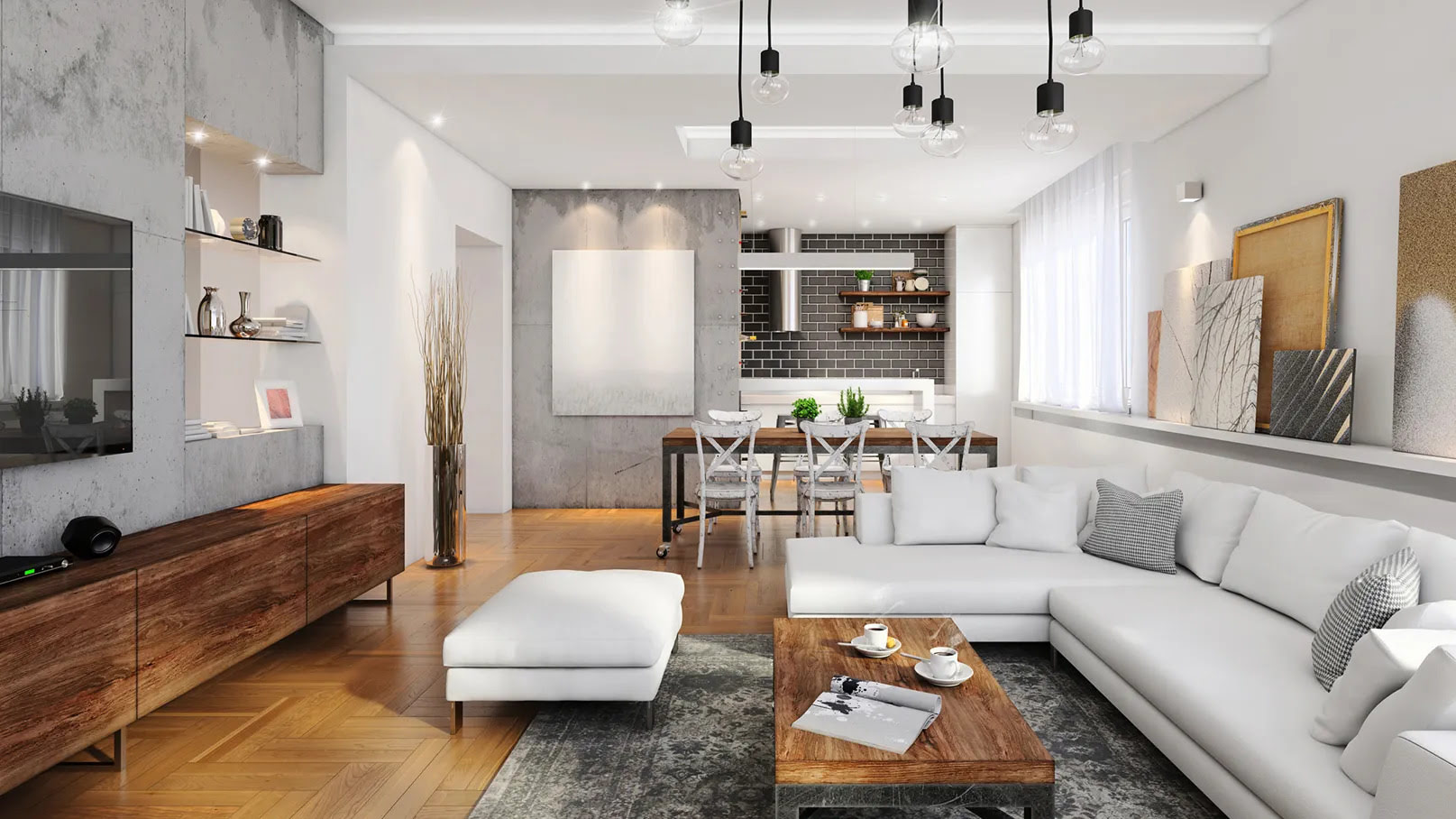
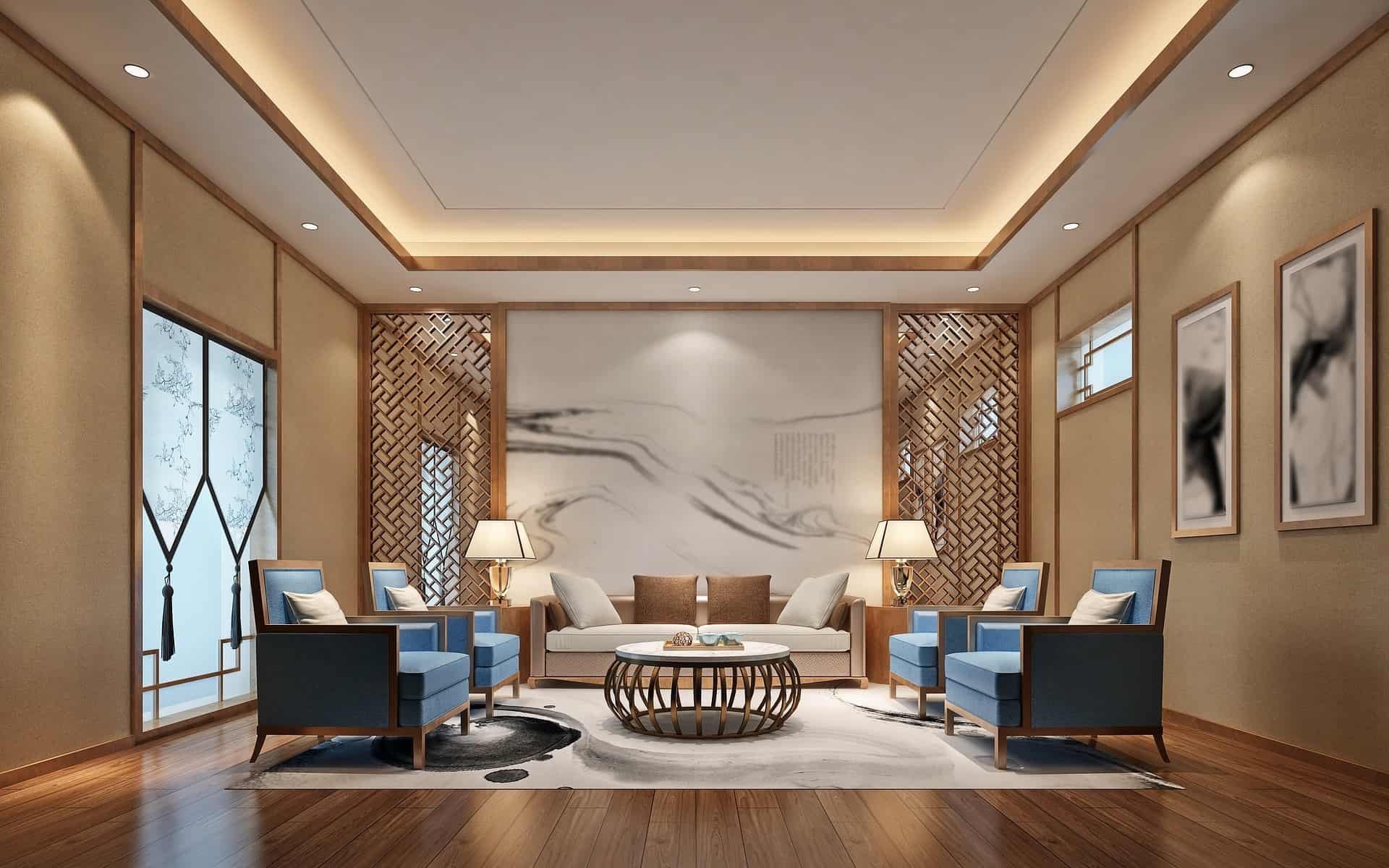
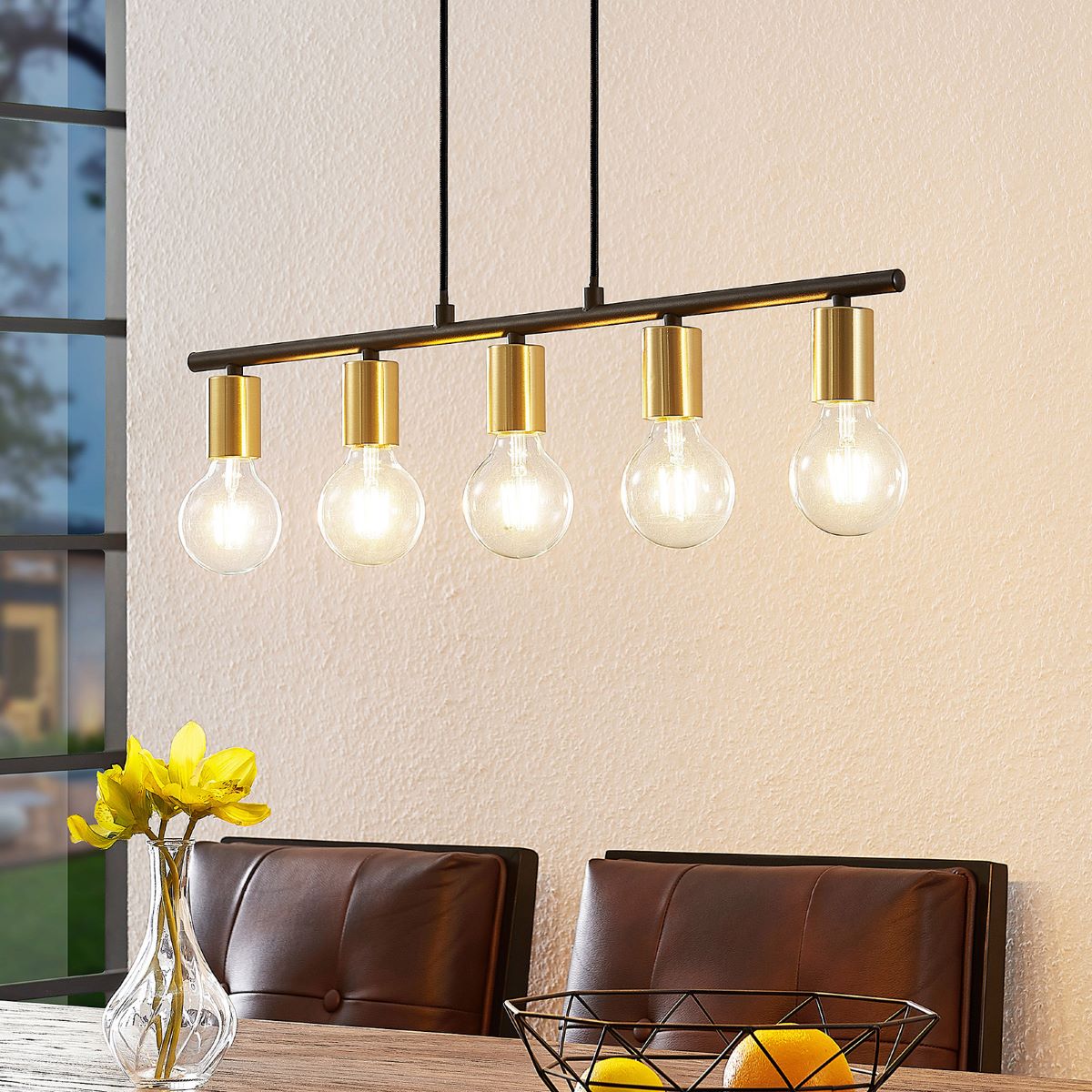
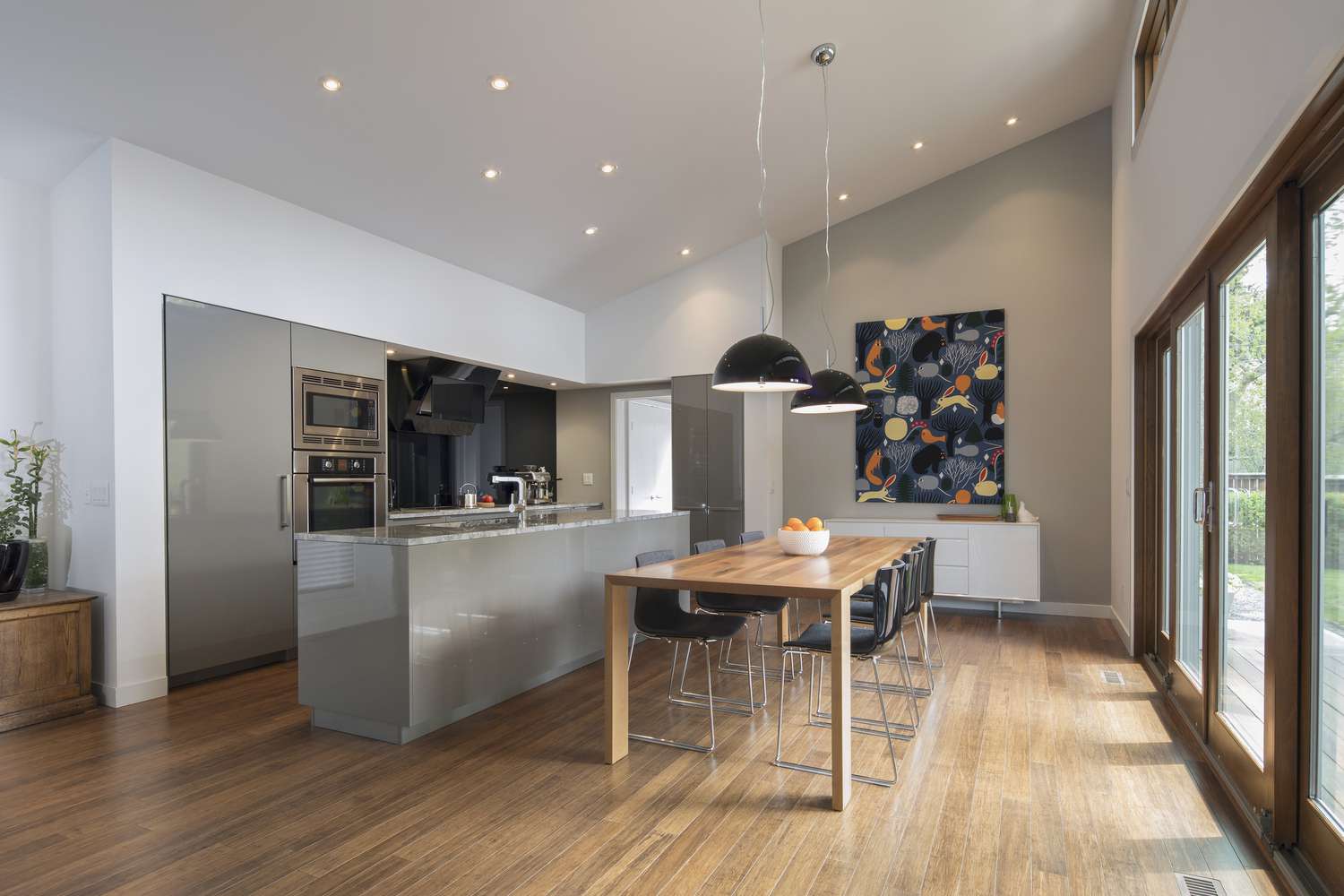
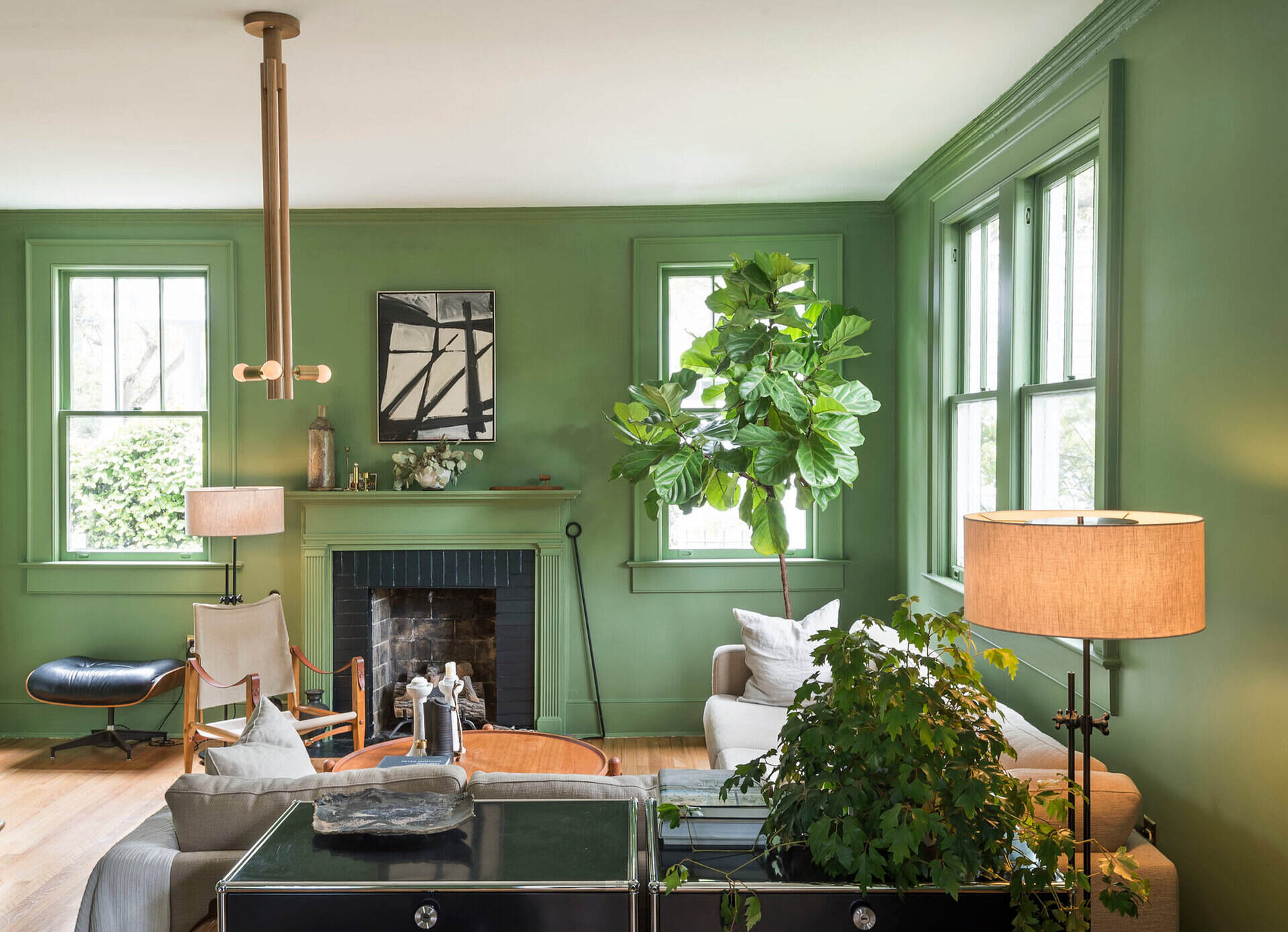
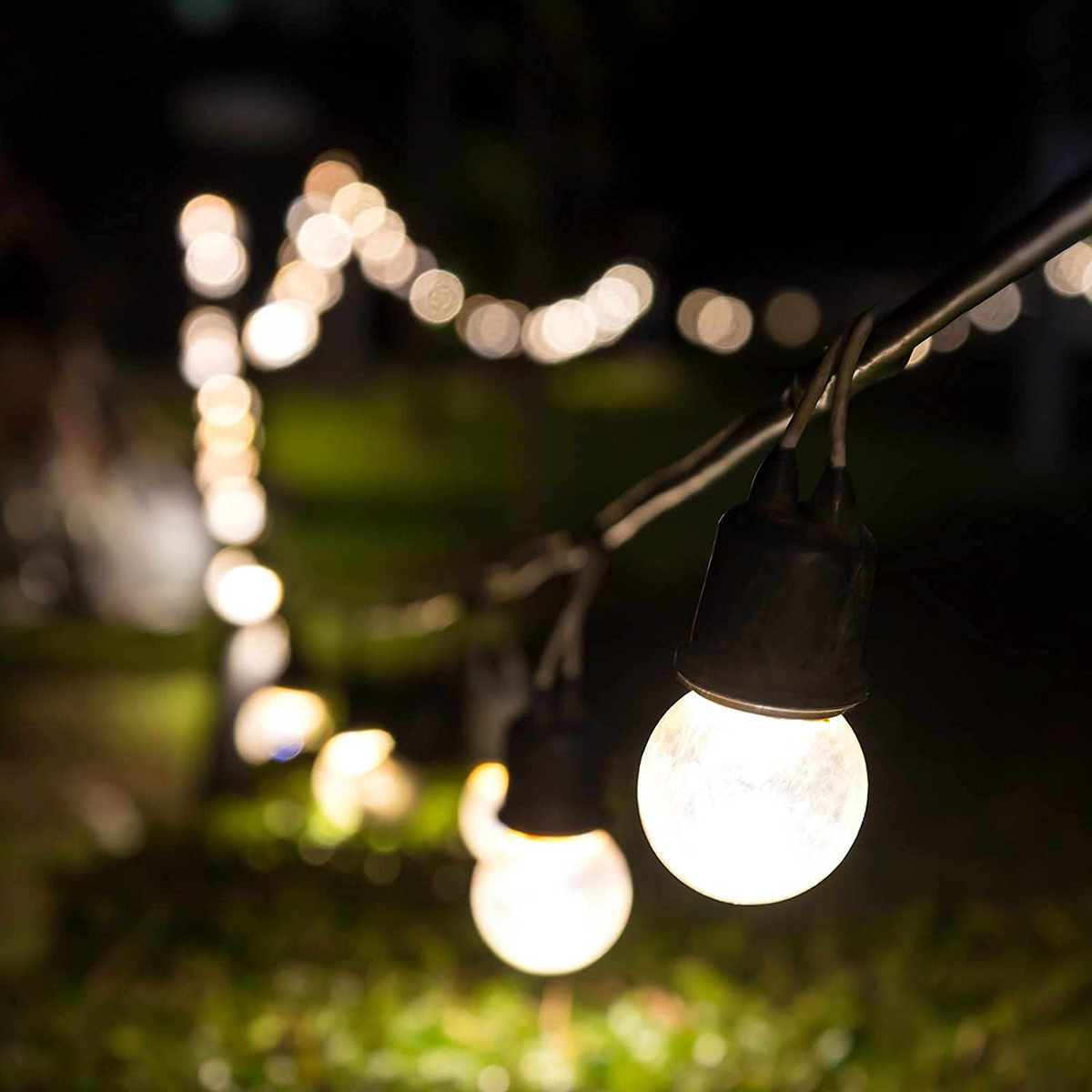
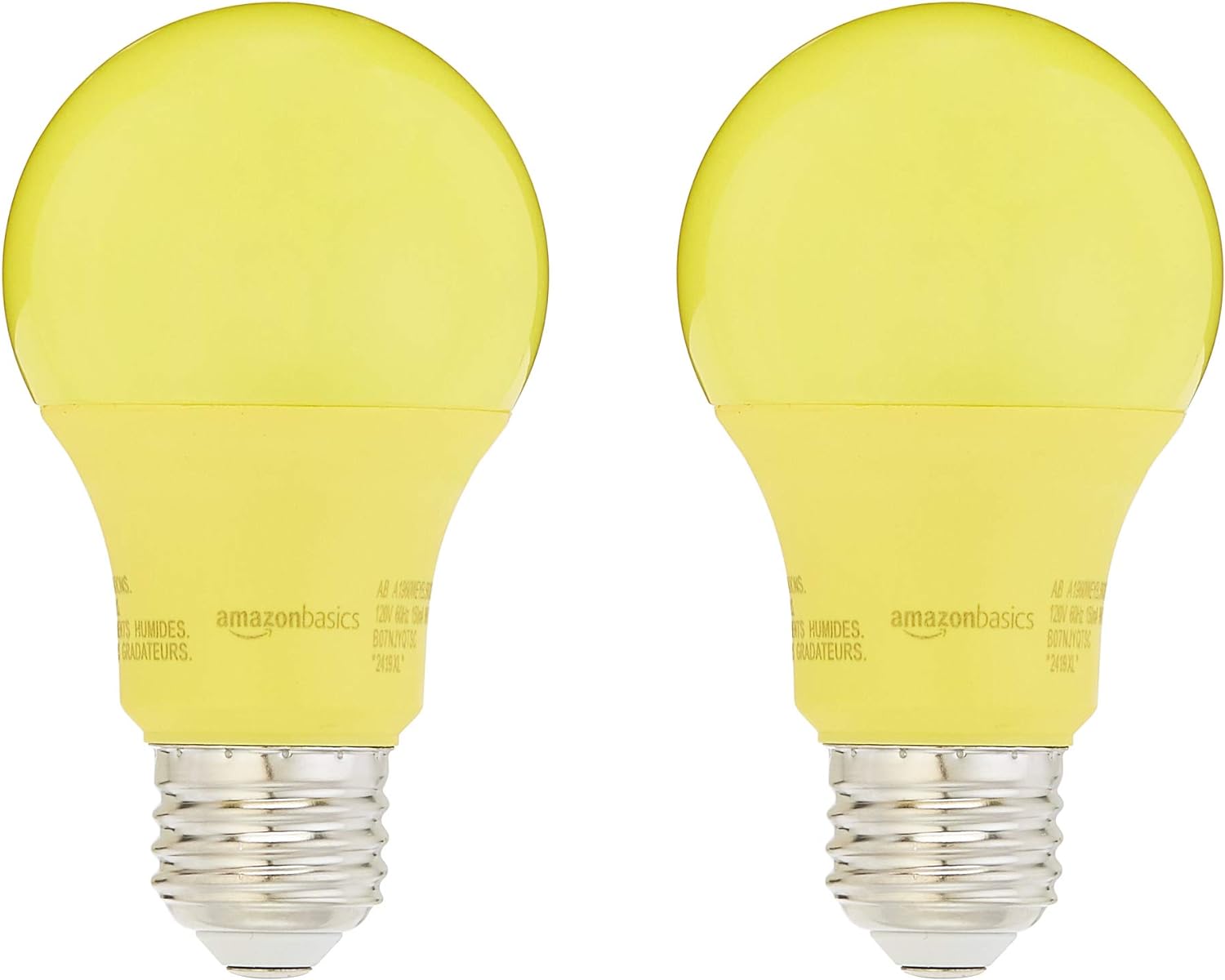
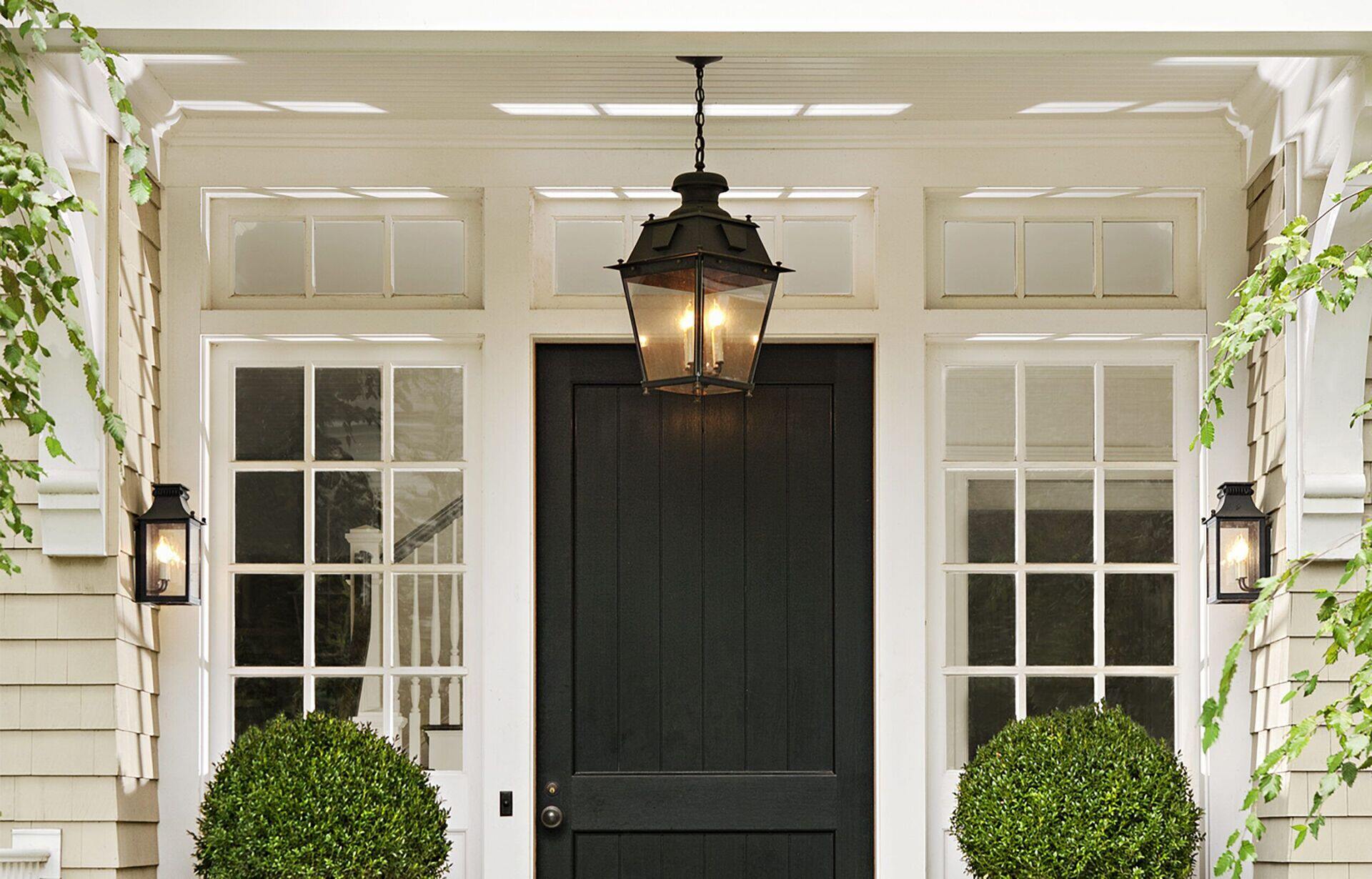
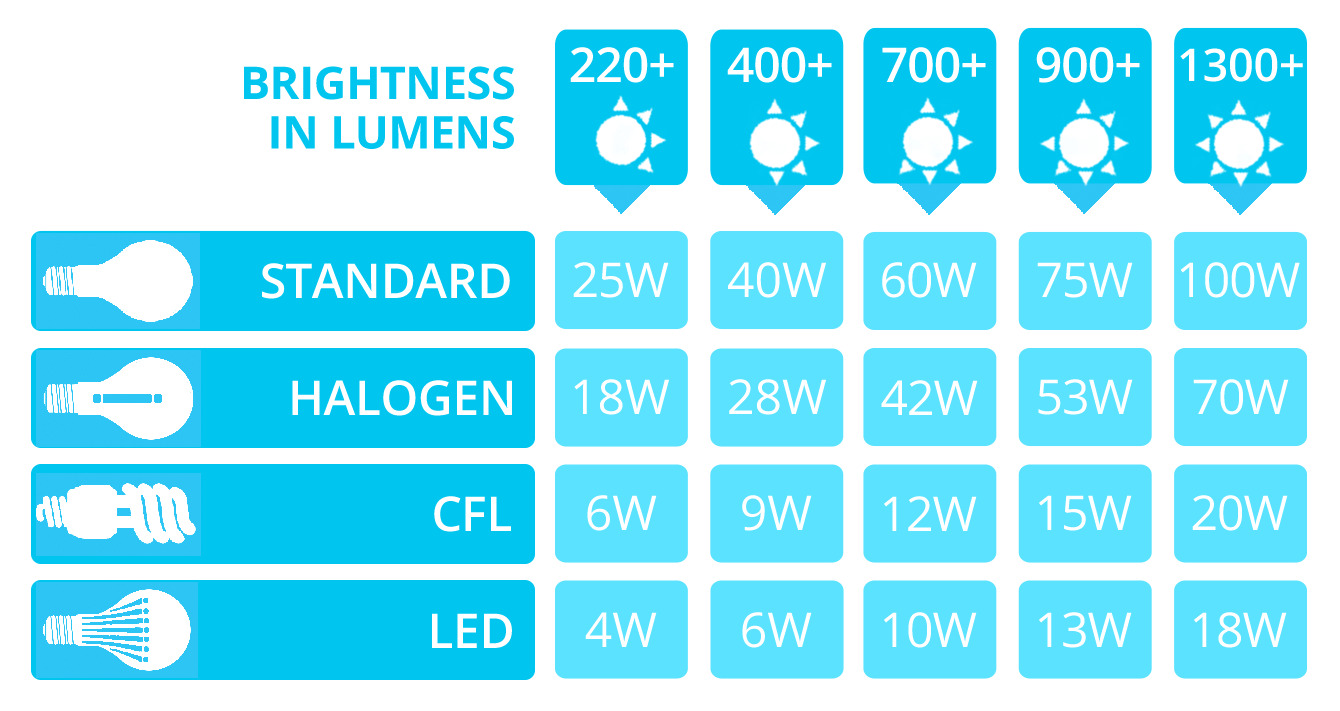
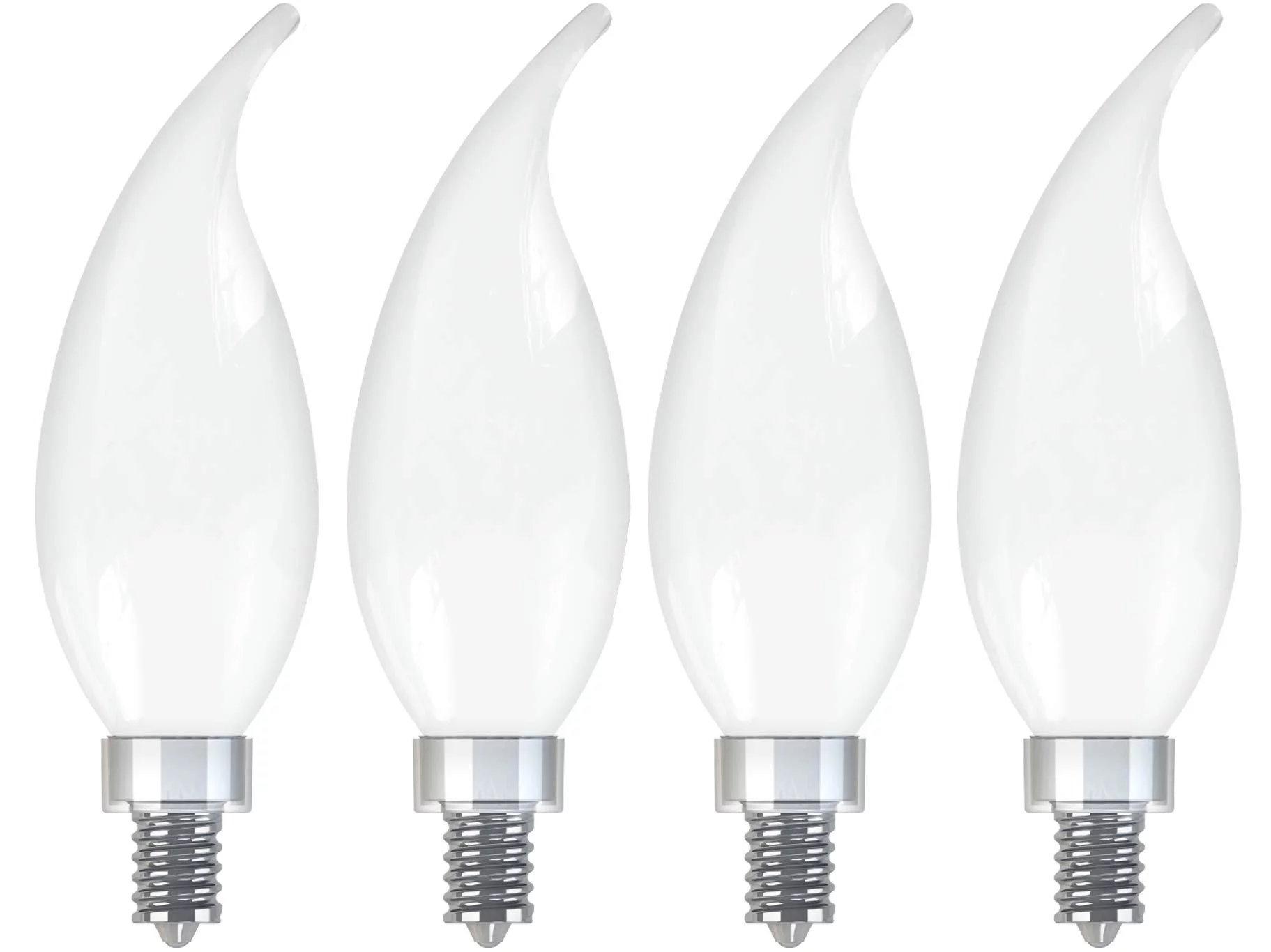
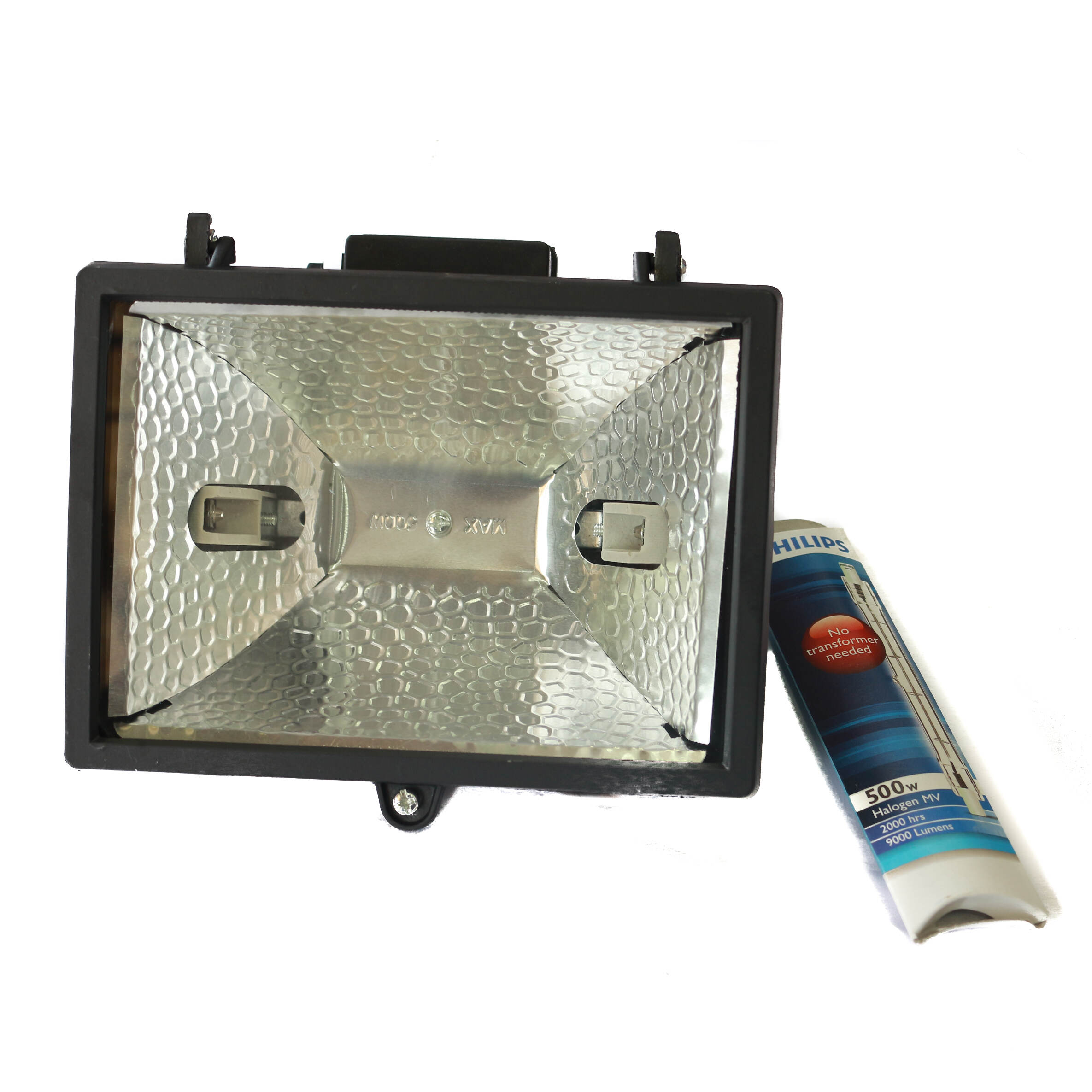
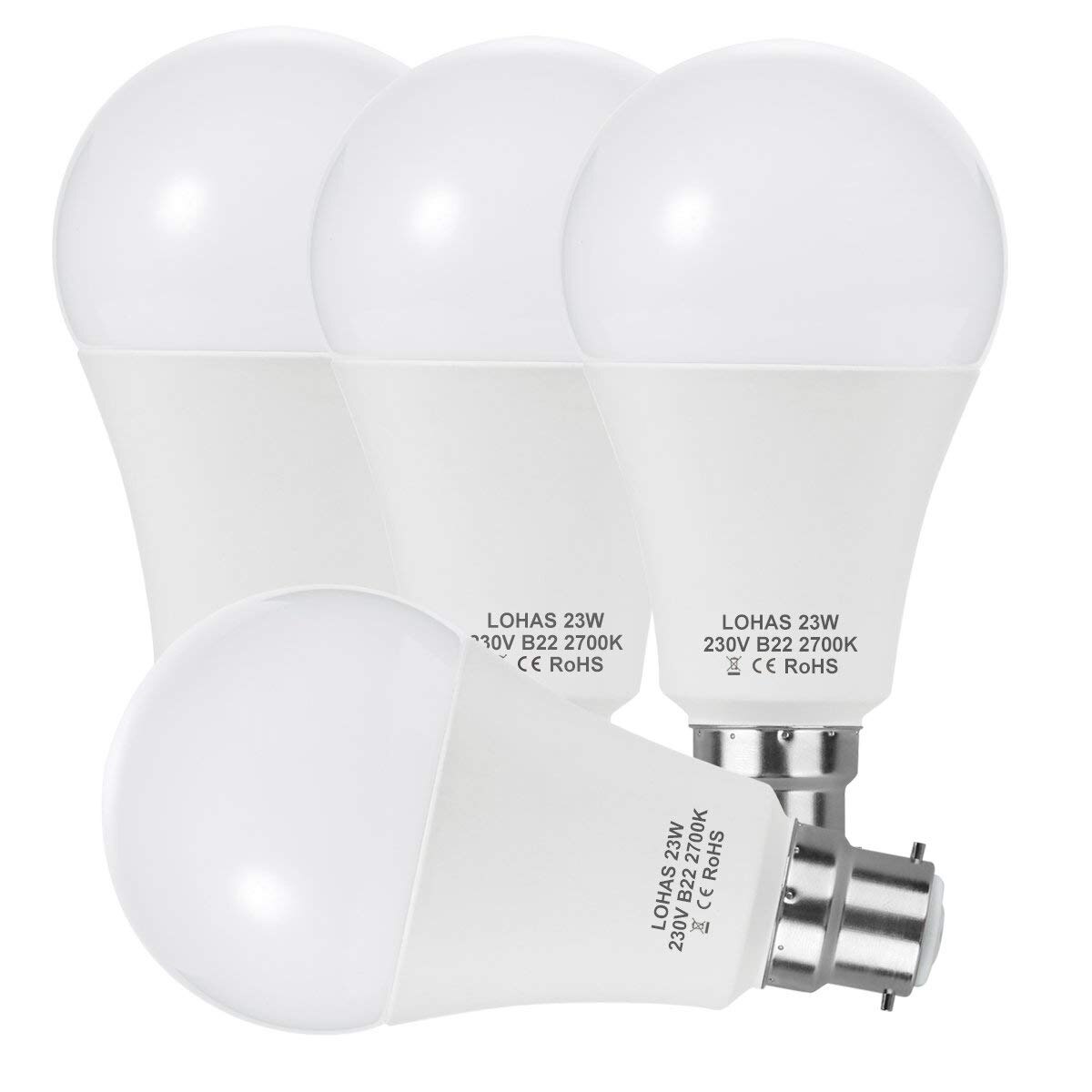
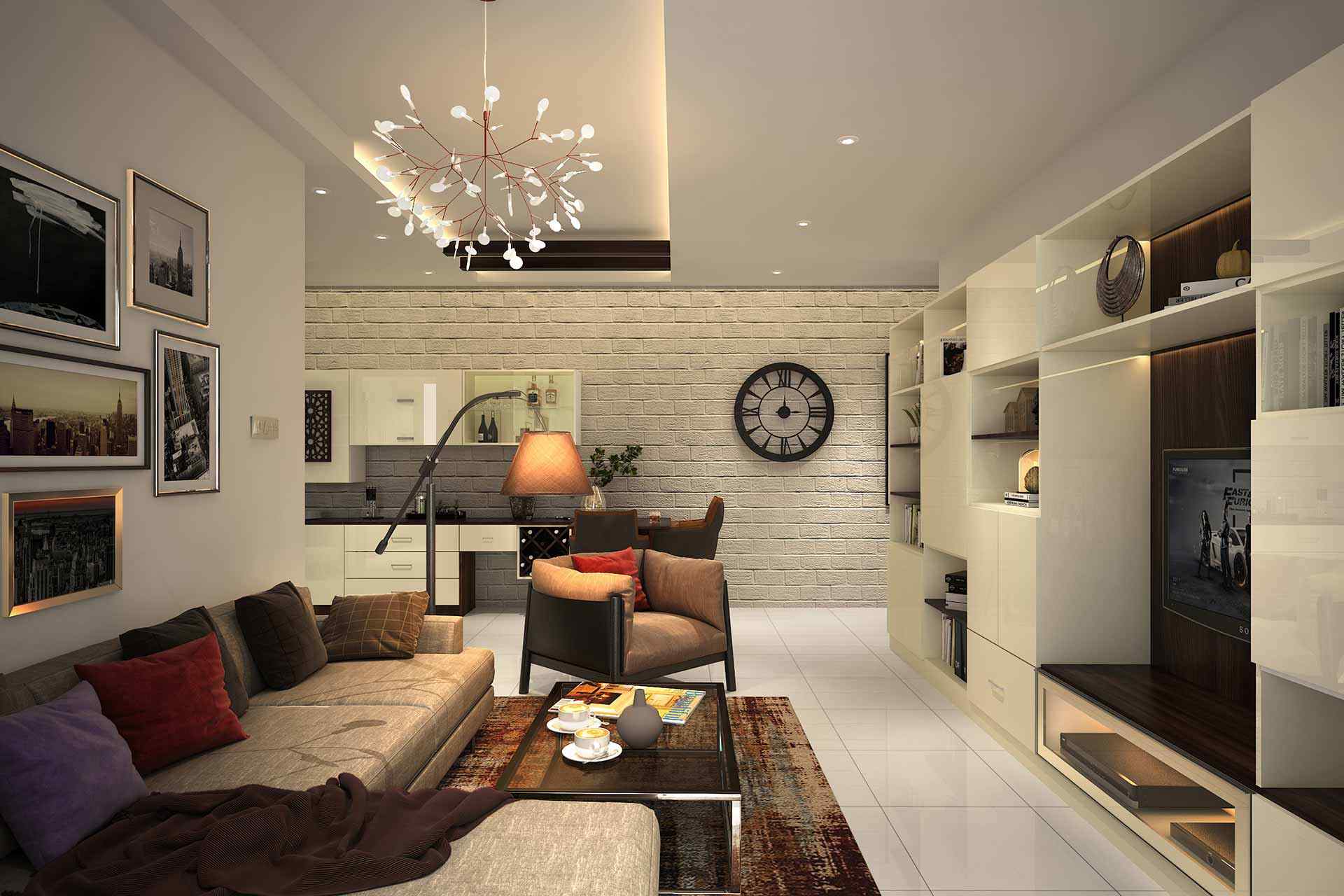
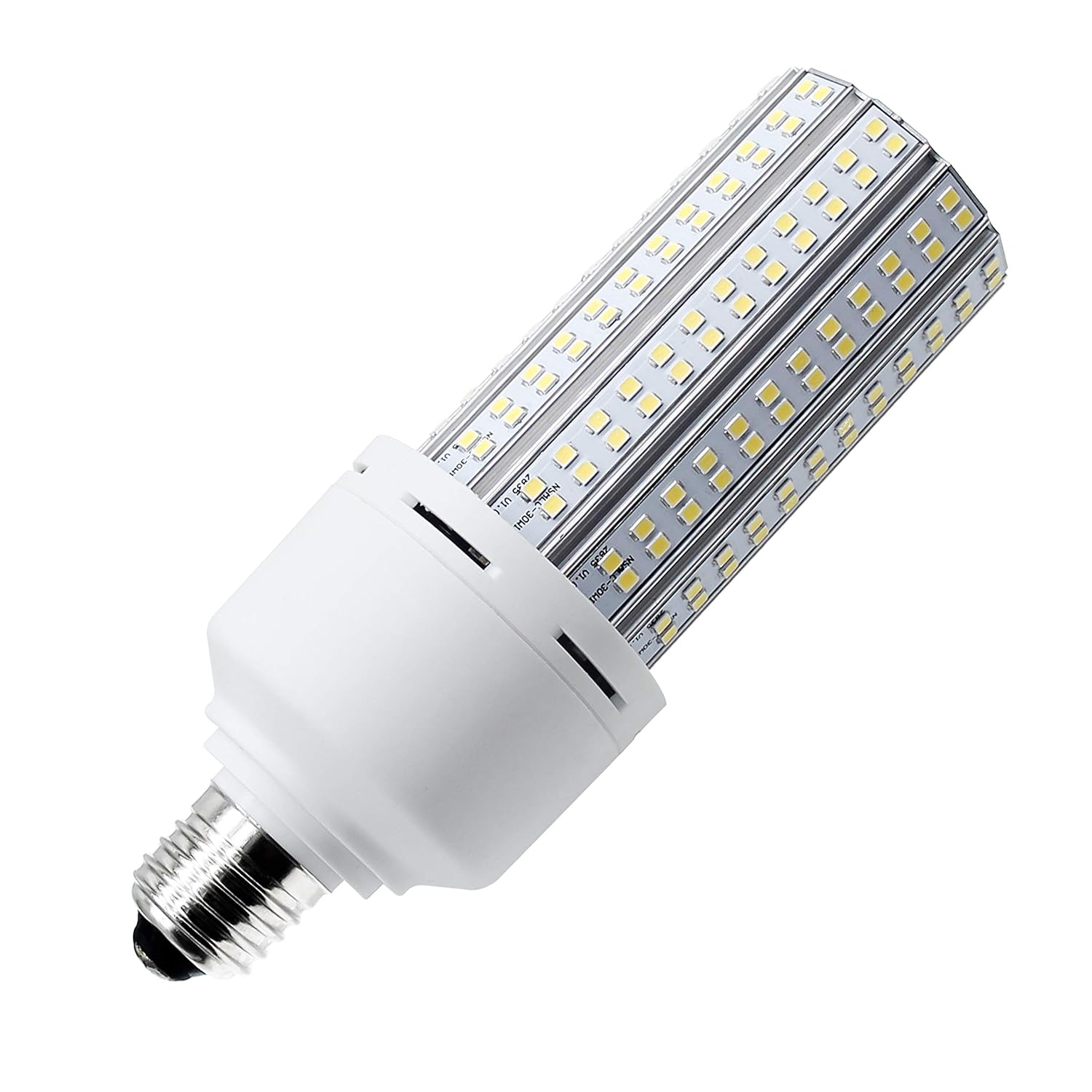

0 thoughts on “How Many Watt Light Bulb For Living Room”